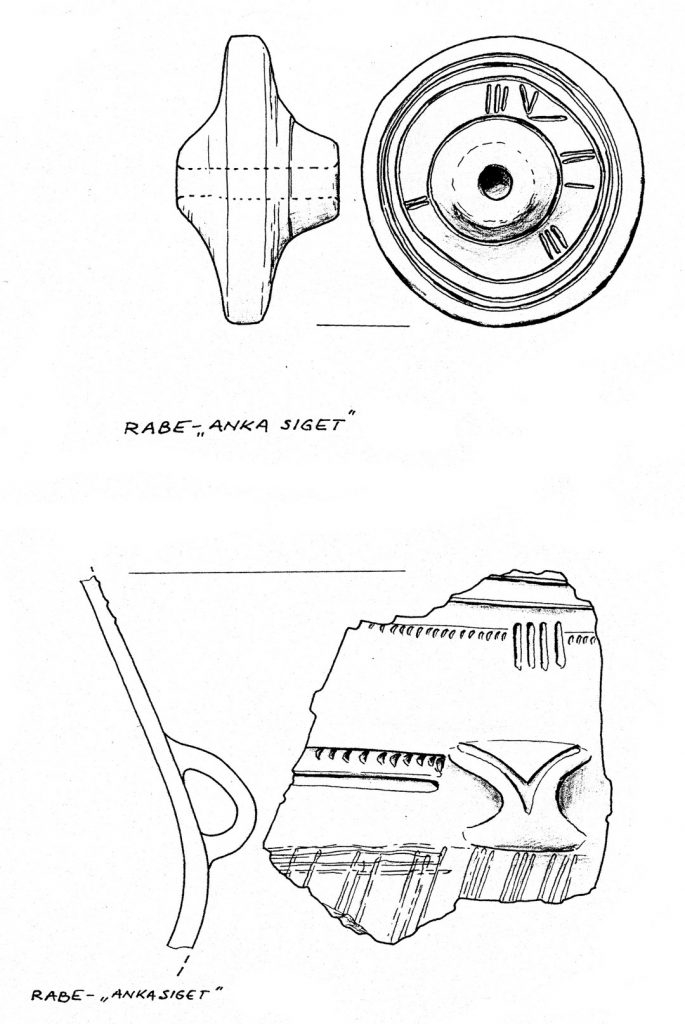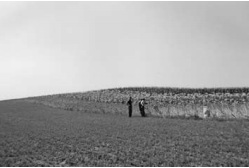The archaeological site “Siget Anka” is a powerful calf settlement with the settlement from the early Bronze Age until the Middle Ages. The existence of older horizons is to be expected, since smaller excavations from 1890, run by Rajzner (two probes 2 x 3), revealed the parts of the Bronze-Dane houses, as well as the seven graves that he classified into the pagan graves of the X century.
By significance, this site can be compared, or ranked in the rank of one Gomolave near Hrtkovaca, or Feudvara near Mošorina. As such, the site represents a significant link to all cultures that came from the eastern Moriski Pass through the Carpathians, and as a cluster of cultures spreading along the north-south direction along the Tisa River. Thus, this locality is important for interpreting the origin, development and connections between the Vatina and Morica culture, Gorenjska, Vasa 3, Otomeni, Fizešabonji, the Transdanubian incrusted, Vitemberg and other cultures of the Carpathian-Pannonian basin in the period of the early, middle and late Bronze Age.
The degree of vulnerability of the site, primarily plowing, is best illustrated by the cartographic presentation of 1891. The configuration of the terrain, the oldest part of the site is today, compared to that year, has been significantly changed. On the surface, beside the fragments of ceramics, the whole foundations of the house noticeably notice. By destroying this site, or by its failure to protect, the most important site of the Bronze Age period in the north of our country is lost, and therefore the possibility of historical reconstruction and connection – the Yugoslav archaeological site with the Central European region.

ARCHAEOLOGICAL SITE SIGET ANKA


0 comments on “ARCHAEOLOGICAL SITE SIGET ANKA”